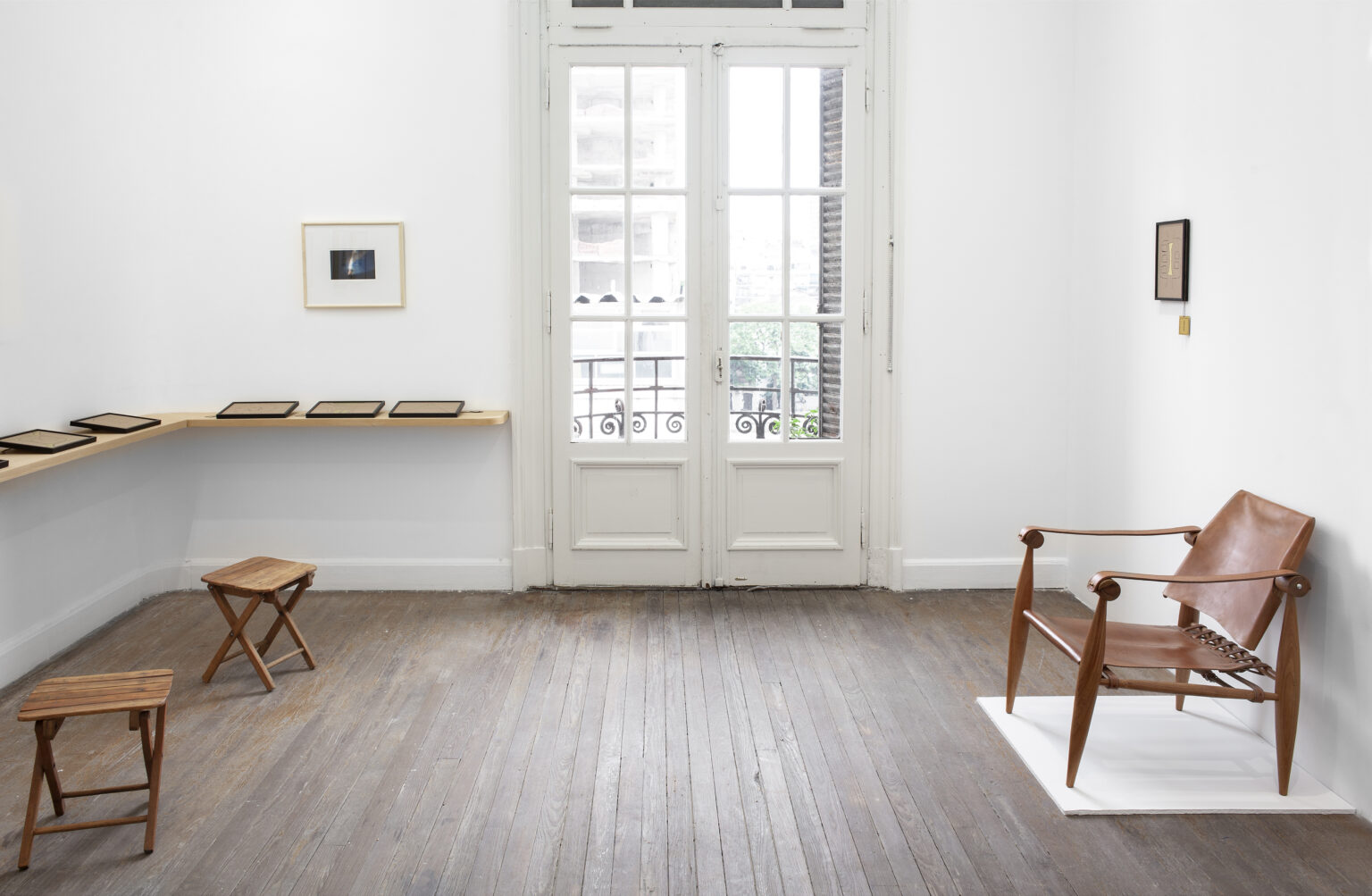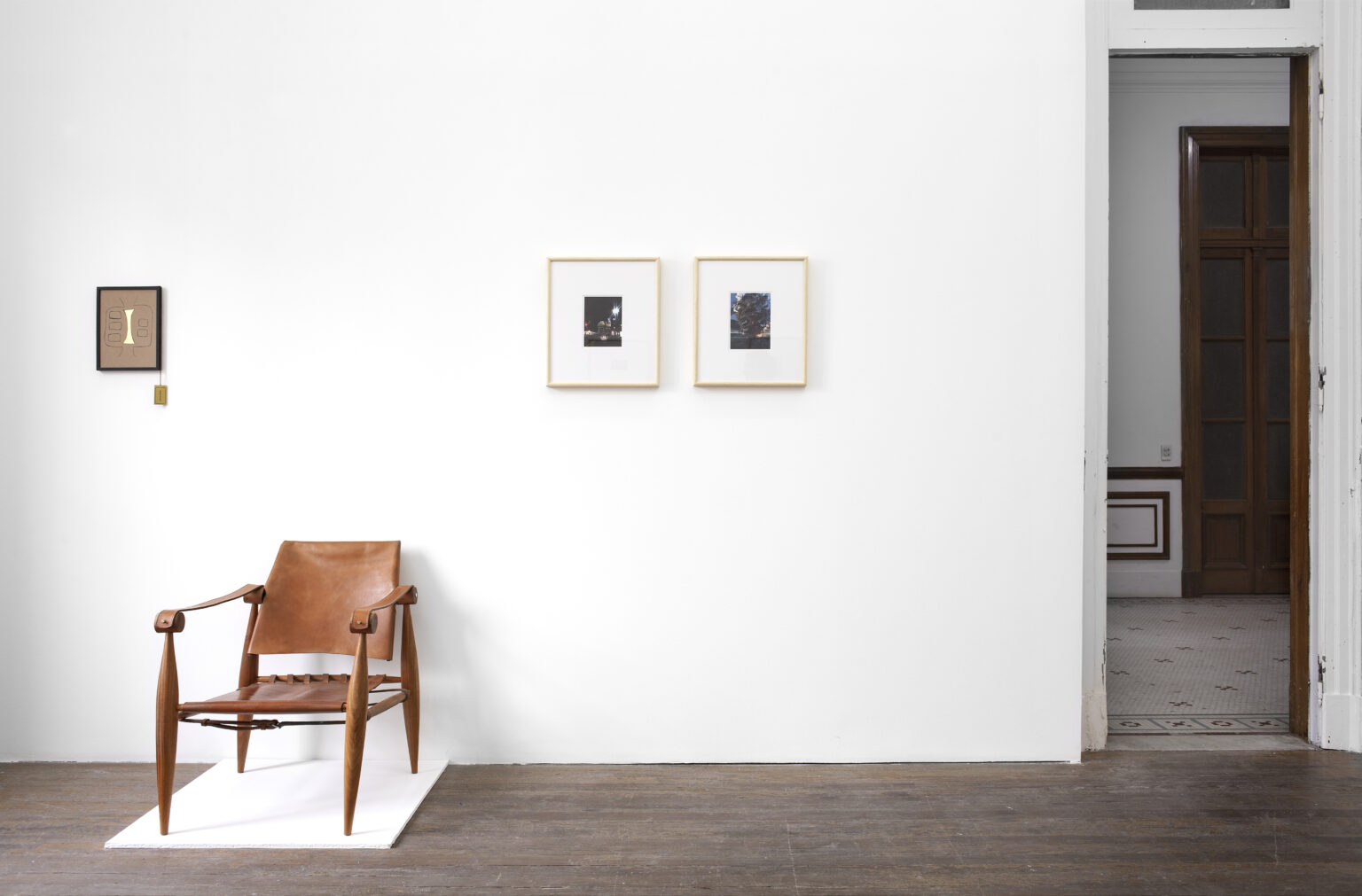In the Third Section the streets sparkle under the midday sun. The mica dust is embedded in the winding dirt paths and marks the uphill course, the quartz appears between thorns and twisted chañars, bouncing a golden and burning light that splits the earth. In this arid and feverish terrain, where that nothing else seems to grow, houses, ranches, huts, chapels, palisades, ditches, caves and burrows sprout, hundreds of constructions that appear and disappear with the passing of the hours, the days, the years. These structures of protection, refuge and shelter do not respond to the organizing principles of traditional architecture, but to the paths of the landscape and culture, inclement weather and economic conditions and, above all, to emotional circumstances and accidents. Thus, for example, the Buffo chapel, with its shape of a holy thistle flower, its pendulums and its bronze inlays that reflect the position of the stars on the day of the death of Eleonora, an iconic inhabitant of the Section, becomes not only a space for spiritual veneration, but also a monument to the loss, love and sadness that its builder went through in the 1950s.
In these remote regions, materials do not matter much, constructions are not made to last, but rather for sentimental mutation. Its architecture is emotional, a distant cousin of Goeritz or Barragán, with neutral and concise exteriors and warm, bright interiors that embrace rather than dazzle, and turn off when we no longer need them. A little vernacular and a little mystical, these constructions are built on the idea that nothing can be permanent and that everything in our environment must adapt to the changing conditions of human existence, in line with the pendulations of our material realities, spiritual and emotional needs.
The Third Section is, ultimately, that interior landscape that gives us refuge when reality wears down optimism. Thus, in Carla’s Third Section, her soft, dreamed, imagined and copied architectures coexist, emerging from different moments of the day and night, from emotions, thoughts and fleeting desires. They are minimal constructions, as rustic as the views of the mountains that some of them offer us, but illuminated by small golden lagoons that radiate their brilliance towards the rest of the arid space. It is that principle of vitality of the sun and its transforming power that appears between the strokes of black ink, which faces the obstacles of reality that fly over them like dark clouds: a photographic archive of the real-subjective composed of screenshots, images stolen from Twitter, viral photos, newspaper headlines and kidnapped works.
If in its origins the camera obscura played an important role in the investigation and study of landscape for both painters and architects in their efforts to map inhabited space, and in the 18th and 19th centuries, magic lantern views provided an anatomy of the landscape and the emotion it contains, the screenshot could now be one of the most effective tools for mapping the spaces we inhabit and the moods that they produce and reproduce. The formation of these subjective records in the present tense arises from the encounter between a feeling of urgency and the contemporary accumulating compulsion, to effectively become archives in their circulation and publication. They finally acquire their true meaning by being accessed and manipulated, as when Carla brings the suburban house that its owners nicknamed “Hypothesis”—according to a Twitter commentator, probably confusing it with “Utopia”—to the image of a young Maradona on the door of Lascano 2257, perhaps the only and truest utopia-house. From the opaque amalgam between those two large piles of bricks a moth-eaten hypothesis about social advancement, one’s own home, love and passion slips away. Escape routes also emerge in the form of mobile homes for humans and kittens, and some more are restored and updated regarding property, access to land, and the right to desire.
In the Third Section, between the sketched fantasy and the captured record of reality, resistance and regeneration appear as guiding ideas of a vital ethics. Between the lines, Carla proposes a compression of circularity and feedback as ways of moving through the available spaces in a chaotic present and facing a more than uncertain future. In Eleonora holds in her hands a musical score titled: An immense peace, a ray of sunlight illuminates the face of the young woman about to be swallowed by a stain of humidity, the power of impermanence confronts Guido Buffo’s desire for eternity, natural forces advance on the emotion, forcing it to inevitably change, to finally enter a new cycle of life, death and regeneration.



